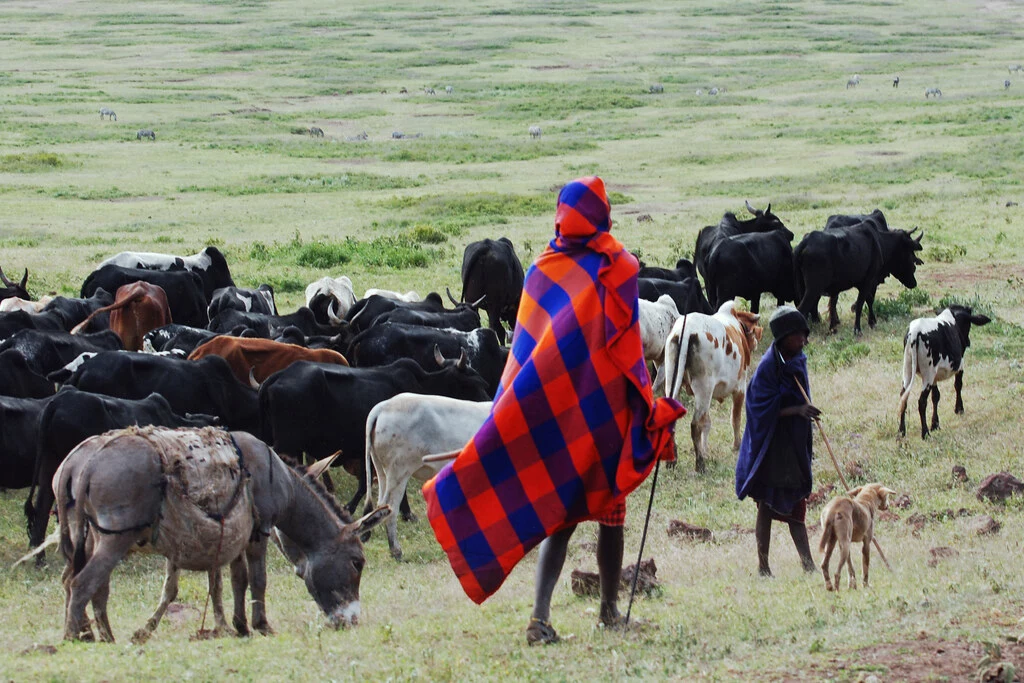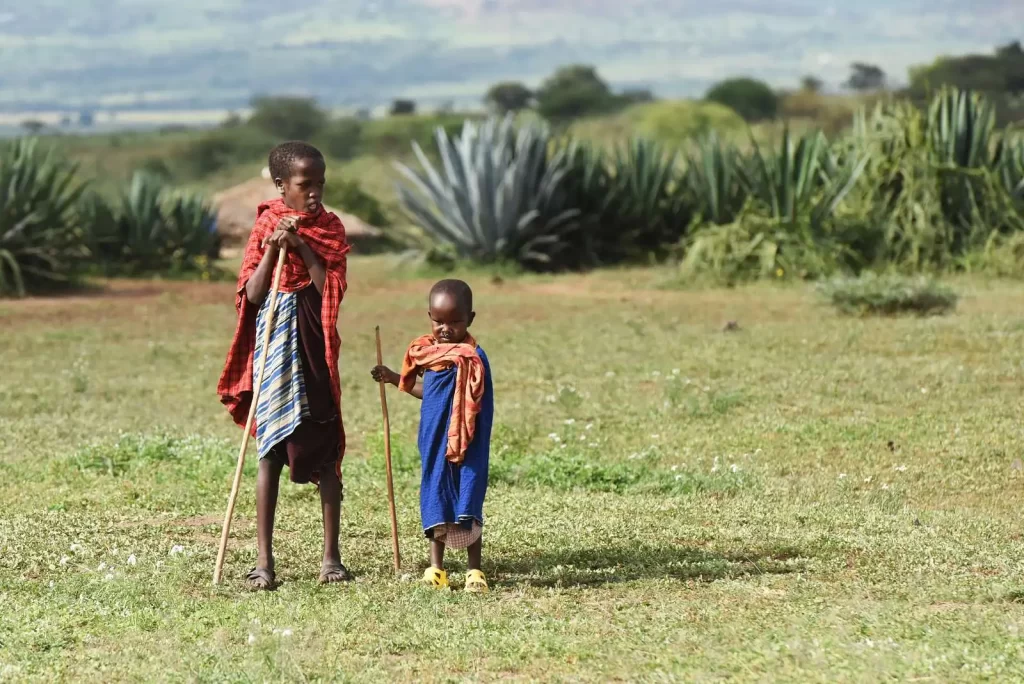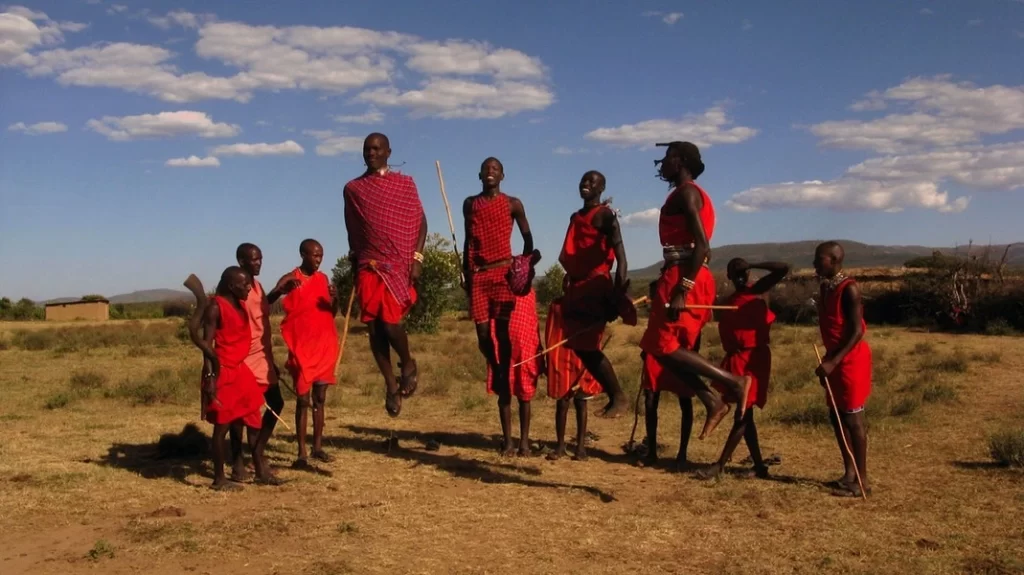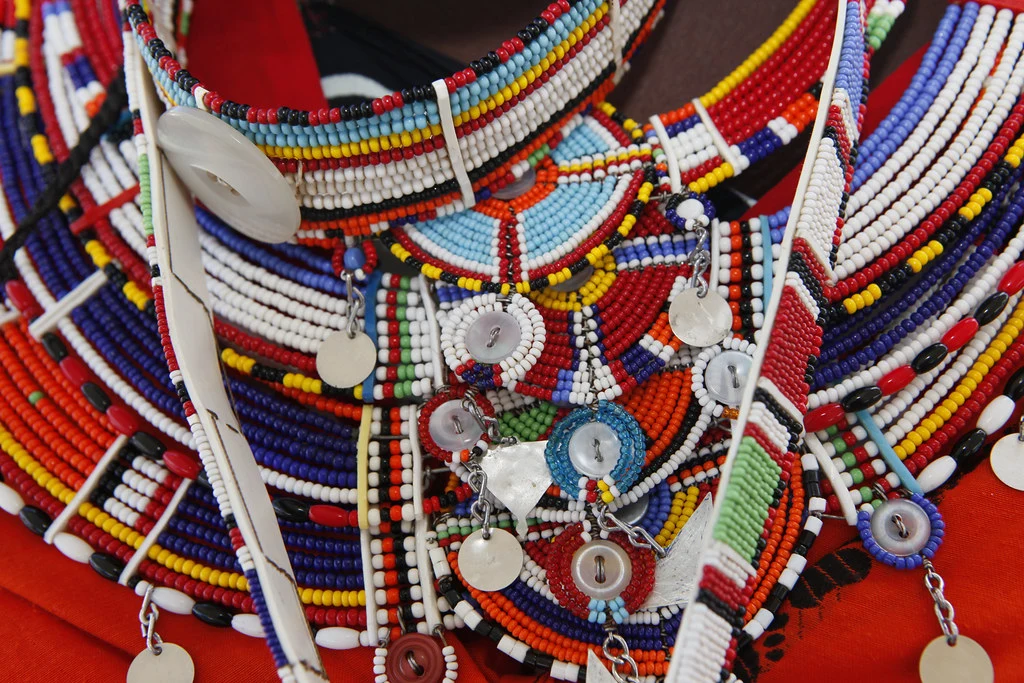Maasai tribe is one of the tribes that are unique for its rich cultural heritage. They are one of the Nilotic speaking groups and believe in one supreme God whom they call Engai. The Maasai believe that when they were created by their God, they were given power and authority to keep and herd all cattle on earth and this explains why they usually keep large herds of cattle. They highly value their cultures and traditions and follow them with strict adherence despite the challenges that affect them due to modernization.
The Maasai have aspects that are very important to them. The most important complexions include the following; livestock keeping, raising children communally, their way of life, traditional dressing and jewelry, and their herbal medicine. In the olden days, failure to follow the community’s norms called for a hefty punishment which went to the extent of being excluded from the people and the rest of the community members. This was done to ensure adherence to the norms and this is why they are still strict with their culture. However, some of their practices have been discredited such as the act of female initiation which has been declared an illegal practice.
- Livestock Keeping

The Maasai are known for their passion for keeping herds of cattle. The reasons for this are brought about by their beliefs. They usually believe that cattle are a measure of the wealth that one has. The more cattle you have, the more your social status in the community rises. The belief is however diminishing in modern society and people have stopped seeing cattle as a measure of wealth.
Livestock keeping is important to the Maasai because they believe that they have full authority that was given to them by their God to have all types of cattle on earth. Livestock keeping is also of economic importance to the Maasai because the cattle can be used for various purposes. Cattle are used for payment of bridewealth. This is meant to appreciate the family of the girl for taking care of her till her current age. They are also used for payment of debts if one fails to meet their expectations. This, therefore, explains why livestock keeping is important to the Maasai for its economic importance.
- Raising Children Communally
Children are highly valued in the Maasai community because of various reasons. Children are a measure of wealth. A mother would give birth to as many children as possible so the father would be highly respected in the community and raise his social status to be a wealthy man in the community. They are also a source of security for their families and the community in general. Young men undergo tough training for them to become warriors. In the olden days, the
training involved killing a lion using a spear for one to be uplifted to become a warrior. Warriors are used in times of war to fight for the community in battles against any impending enemy. They also provide security for the community and take part in the community government among many other purposes.

Children ensure continuity of generations and pass on community customs hence ensuring the community cultures do not fade away. Other purposes of children in the community are taking care of their parents especially when they get to old age, helping their parents perform different house chores, herding cattle, and finally because without them there is no community.
- Their Way Of Life
The Maasai value their way of life differently from any other communities. This is another aspect that makes them a unique tribe and a tribe that is respected. For a very long time, they have held onto their way of life without any deviations though some of their practices have highly been affected by modern science and technology. Recently their way of life has become a major tourist attraction hence this has created mass awareness of the existence of this tribe which has a very opulent way of life.
Rights Of Passage

The main rites of passage among the Maasai are circumcision, Enkipaata, Eunoto, and Olng’esherr. Enkipaata, which is a word from the local Maa language means the introduction of the boys who are not yet initiated, Eunoto is the cutting off the hair for those who have undergone the initiation rite and Olng’esherr is a ceremony that involves the eating of meat to mark a movement from one stage to another, usually from childhood to adulthood.
Living In Manyattas
Manyattas are specially designed structures, commonly among the Maasai that are usually made of cow dung and mud that are strengthened by sticks to make a long-lasting wall. However, these structures are slowly diminishing due to modernization and the coming up of more complex and comfortable house designs.
- Traditional Dressing and Jewelry

Maasai are known for their unique dress style made of brightly red-colored shukas that are usually a sign of their pride and shows how they are united together as a community as a whole. Their jewelry is made up of beads and a wire that is metallic and is mostly worn around the neck region, on the wrist, or the legs. Their jewelry designs are lately being adopted by many designers due to their complexity and their attractiveness.
Crafting As A source Of Income
For a very long time, the Maasai have conducted crafting to earn their daily living. This is an activity whereby someone makes beautiful and enticing objects using their hands. Maasai often conduct crafting to earn their living by selling their products in the local market or exporting them to the foreign market. Their jewelry designs have been an example to many jewelry designers and many have decided to copy the Maasai jewelry designs to come up with the best quality products they can produce.
- Traditional Medicine
The Maasai have special skills in creating traditional herbal medicine from various kinds of extracts from herbal plants. Some of the plants that they use to make traditional medicine include the euphorbia and special plant roots among others. These medicines have been biologically proven to be effective and have helped the Masai make a daily living from the sale of these.
The Maasai have very many aspects that are of great importance to them. This, therefore, makes them a tribe with a rich cultural heritage despite the challenges that may be brought in by modernization.
